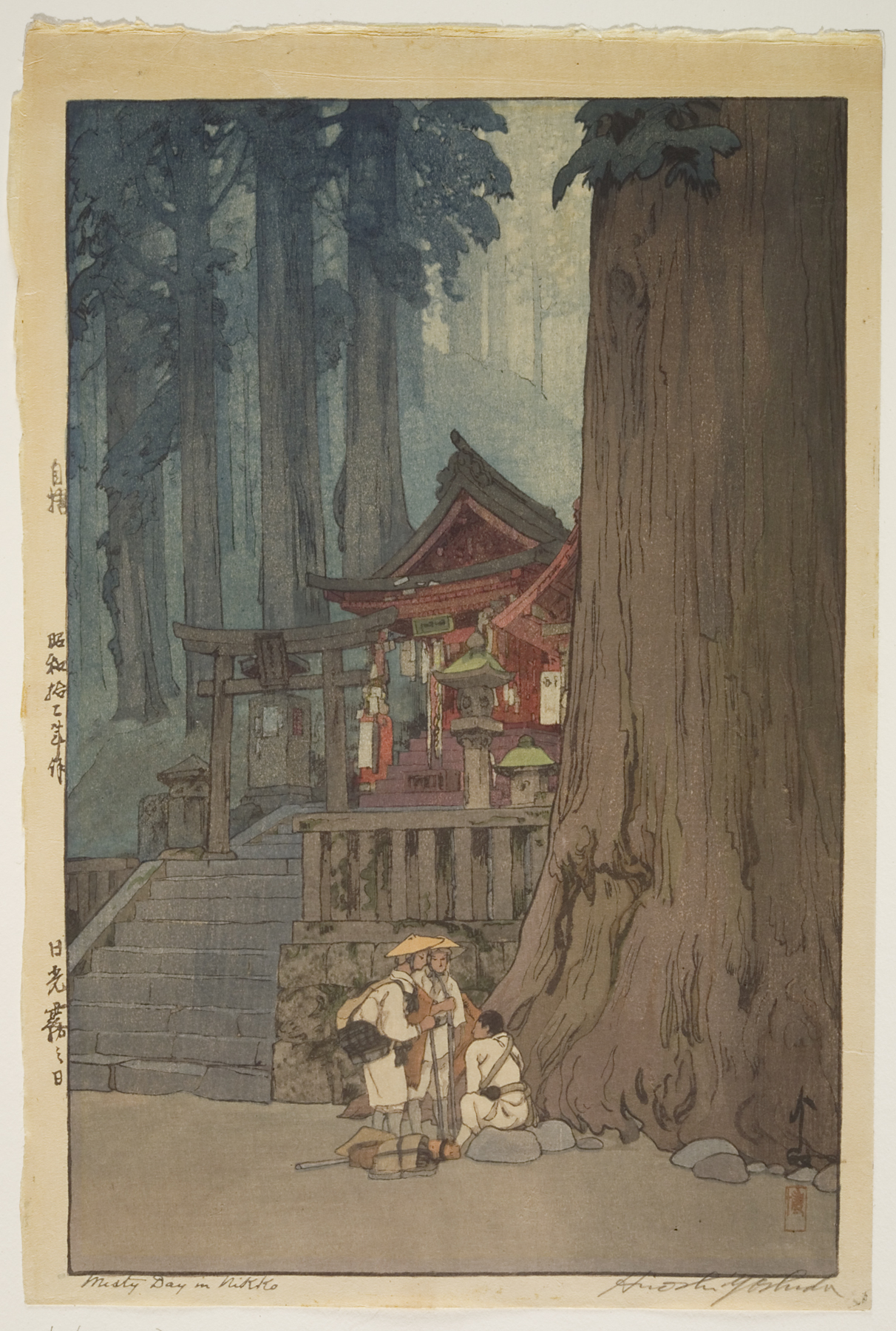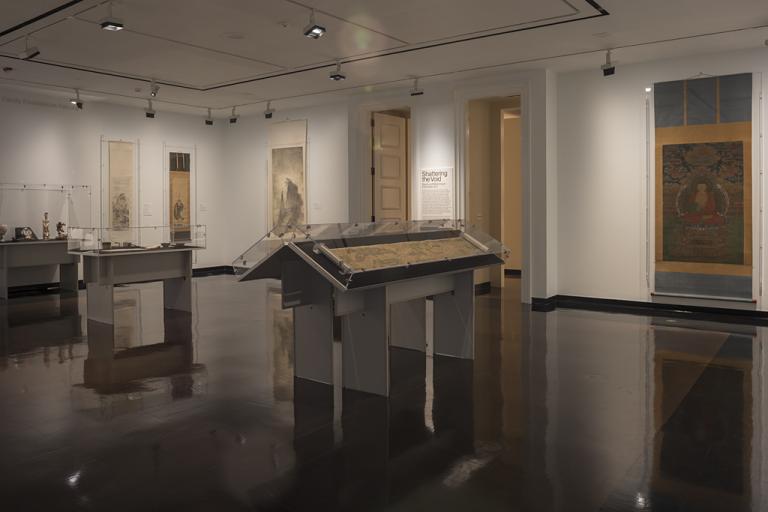Misty Day in Nikkō, Yoshida Hiroshi
Artwork Overview
Yoshida Hiroshi, artist
1876–1950
Misty Day in Nikkō,
1937, Showa period (1926–1989)
Where object was made: Japan
Material/technique: color woodcut
Dimensions:
Image Dimensions Height/Width (Height x Width): 409.6 x 273.1 mm
Image Dimensions Height/Width (Height x Width): 16 1/8 x 10 3/4 in
Mat Dimensions (Height x Width): 19 x 14 in
Image Dimensions Height/Width (Height x Width): 409.6 x 273.1 mm
Image Dimensions Height/Width (Height x Width): 16 1/8 x 10 3/4 in
Mat Dimensions (Height x Width): 19 x 14 in
Credit line: Bequest of R.C. Moore
Accession number: 1974.0032
Not on display
If you wish to reproduce this image, please submit an image request









